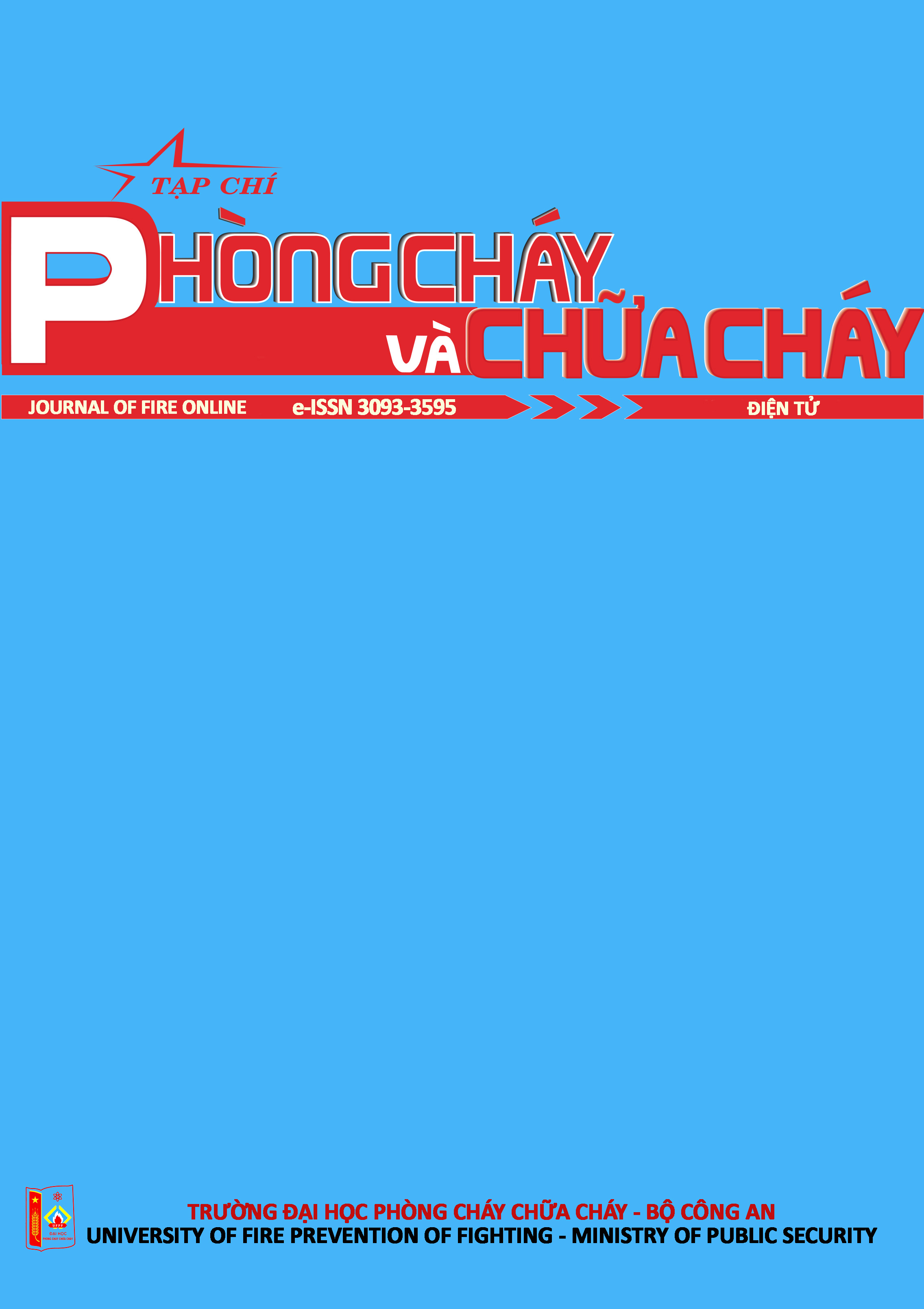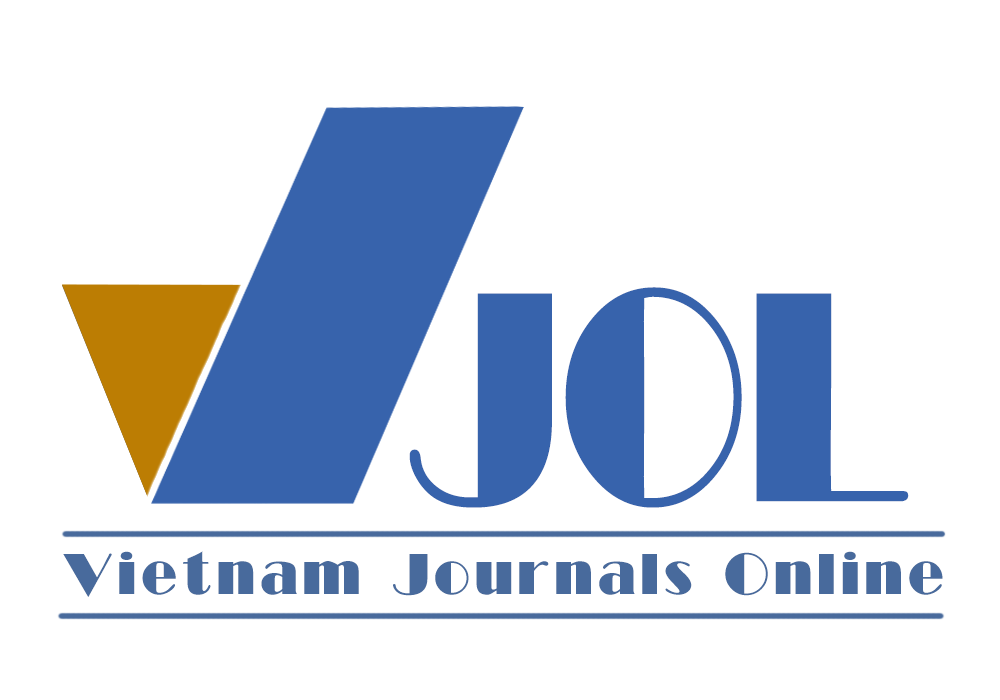PHÂN TÍCH KHẢ NĂNG PHÂN HỦY SINH HỌC CỦA BỌT CHỮA CHÁY
AN ANALYSIS OF THE BIODEGRADABILITY OF FIREFIGHTING FOAM
Các tệp bổ sung
- Bài viết: PDF
Bọt chữa cháy thường được sử dụng để dập tắt đám cháy chất lỏng dễ cháy. Nước tạo thành từ bọt phân hủy sau chữa cháy có chứa một hàm lượng nhất định chất tạo bọt. Nước sau chữa cháy này có thể phát tán gây ô nhiễm môi trường nước. Mục đích của bài viết là phân tích khả năng phân hủy sinh học của các loại bọt đang được sử dụng phổ biến hiện nay thông qua chỉ số BOD5 và COD. Kết quả cho thấy, các chất tạo bọt có khả năng phân huỷ sinh học thấp. Do vậy, chúng có nguy cơ gây suy thoái môi trường nước hoặc ô nhiễm môi trường nước nếu lượng lớn chất tạo bọt bị phát thải ra môi trường.
bọt chữa cháy, tác động môi trường, chữa cháy, chất chữa cháy
Firefighting foam is commonly used to extinguish flammable liquid fires. The water formed from the decomposition of the foam after firefighting contains a certain amount of residual foaming agents, which may contribute to water pollution. This article aims to analyze the biodegradability of commonly used firefighting foams through BOD5 and COD indices. The findings indicate that the foaming agents show low biodegradability, thus posing a risk of degrading water environments or causing water pollution if large amounts of foaming agents are released into the environment.
firefighting foam, environmental impact, fire fighting, fire extinguishing agents
Tài liệu tham khảo
1. Tureková, Ivana; Balog, Karol (2010), The Environmental Impacts of Fire-Fighting Foams. Research Papers Faculty of Materials Science and Technology Slovak University of Technology, 18(29). http://doi.org/10.2478/v10186-010-0033-z.
2. Balog, K. Hasiace látky a jejich technológie. Ostrava: Edice SPBI Spektrum (2004), ISBN 80-86634-49-3.
3. CONEVA, I. Pena - hasiaca látka, In Fire Engineering Proceedings 1st International Conference. Zvolen: Technická univerzita (2002), ISBN 80-89051-05-7
4. STN-EN 1568: 2002, Hasiace látky. Penidlá. Časť 1-4: Technické podmienky penidiel pre stredné, ľahké a ťažké peny na povrchové použitie na kvapaliny miešateľné a nemiešateľnés vodou.
5. Jirkovská, V. Posúdenie kvality penidiel, In Zborník prác požiarnotechnickej stanice, 1988, s. 54–56.
6. Roppola, Katri & Kuokkanen, Toivo & Rämö, Jaakko & Prokkola, Hanna & Heiska, Eeva (2007), Comparison Study of Different BOD Tests in the Determination of BOD7 Evaluated in a Model Domestic Sewage. Journal of automated methods & management in chemistry. 2007. 39761. http://doi.org/10.1155/2007/39761.
7. Muhaimin, Muhaimin & Prayoga, Renaldy & Eniati, Endah (2022), Determination of Chemical Oxygen Demand (COD) Concentration in Domestic Wastewater Using UV-Vis Spectrophotometry Method Based On The Effect Of Reflux Time And Preservation Time. Stannum : Jurnal Sains dan Terapan Kimia. 4. 13-18. http://doi.org/10.33019/jstk.v4i1.2866.
8. Morel, A. Diener, S. (2006), Greywater Management in Low and Middle-Income Countries, Review of Different Treatment Systems for Households or Neighbourhoods. (= SANDEC Report No. 14/06 ). Duebendorf: Swiss Federal Institute of Aquatic Science (EAWAG), Department of Water and Sanitation in Developing Countries (SANDEC).






